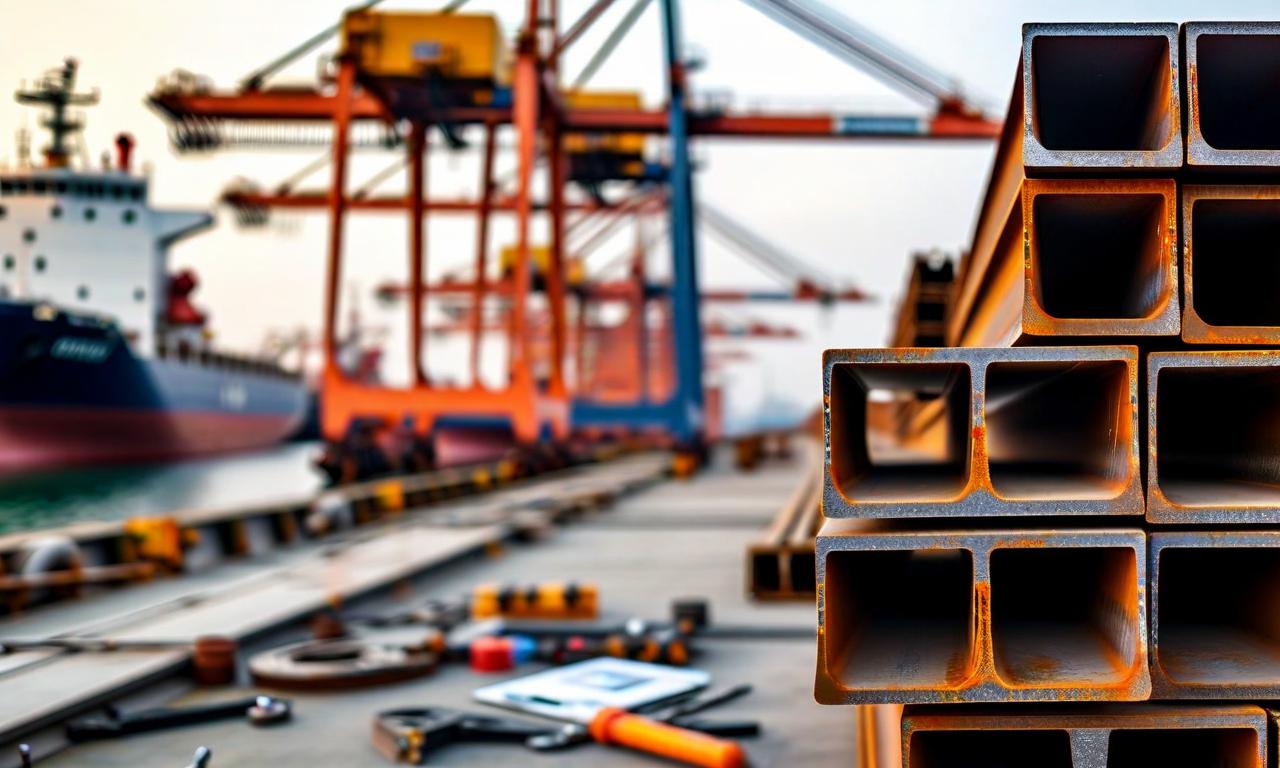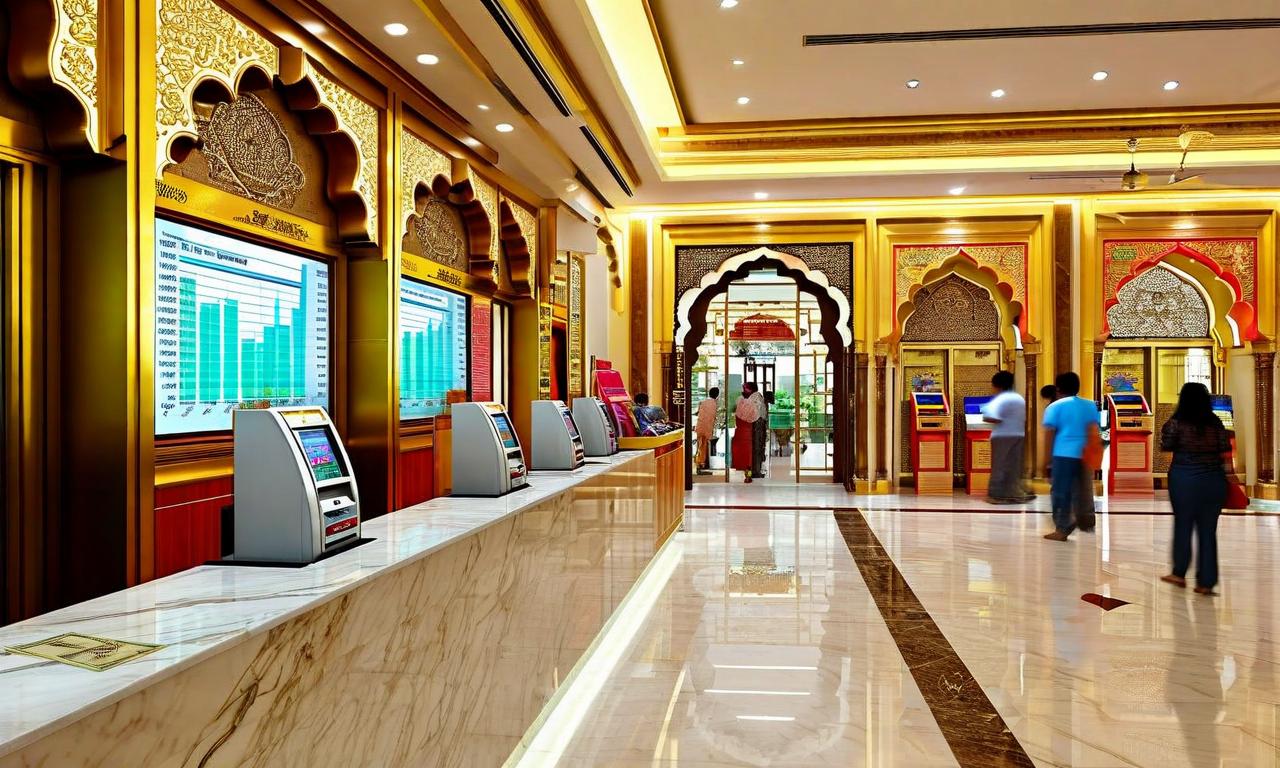European Commission Proposes 50% Tariffs on Steel Imports Exceeding 2013 Quota Levels
The European Commission has proposed a 50% tariff on global steel imports exceeding quota levels based on 2013 baselines. This measure aims to protect domestic steel producers while maintaining a balanced approach to international trade. The proposal could significantly impact European steel producers, international exporters, and steel-dependent industries in Europe. It may also lead to shifts in global steel trade flows and pricing dynamics.

*this image is generated using AI for illustrative purposes only.
The European Commission has unveiled a significant proposal aimed at regulating steel imports, potentially reshaping the landscape of the European steel industry. This move comes as part of broader efforts to protect domestic steel producers while maintaining a balanced approach to international trade.
Key Points of the Proposal
- Tariff Rate: The Commission proposes a 50% tariff on global steel imports.
- Quota Baseline: The tariffs would apply to imports exceeding quota levels established in 2013.
- Global Application: The proposed tariff structure would affect steel imports from all countries once they surpass the predetermined thresholds.
Implications for the Steel Industry
This proposal, if implemented, could have far-reaching consequences for both European steel producers and international exporters. Here's a breakdown of the potential impacts:
| Stakeholder | Potential Impact |
|---|---|
| European Steel Producers | Increased protection against foreign competition |
| International Steel Exporters | Reduced competitiveness in the European market once quotas are exceeded |
| Steel-Dependent Industries in Europe | Possible increase in input costs if domestic supply cannot meet demand |
| Global Steel Market | Potential shift in trade flows and pricing dynamics |
Context and Analysis
The European Commission's proposal comes at a time when global steel markets are facing various challenges, including overcapacity and price fluctuations. By using 2013 as the baseline year for quotas, the Commission appears to be aiming for a balance between protecting domestic industry and maintaining some level of market openness.
This move aligns with broader trends in trade policy where regions are increasingly using targeted measures to support strategic industries. The 50% tariff rate is significant and could serve as a strong deterrent for excessive imports while still allowing for some flexibility in the market.
It's important to note that this is currently a proposal and may undergo modifications before any potential implementation. Stakeholders across the steel value chain will likely be watching closely as this develops, given its potential to reshape steel trade patterns with Europe.
As this situation evolves, it will be crucial to monitor reactions from major steel-exporting countries, potential retaliatory measures, and the overall impact on global steel prices and supply chains.

























